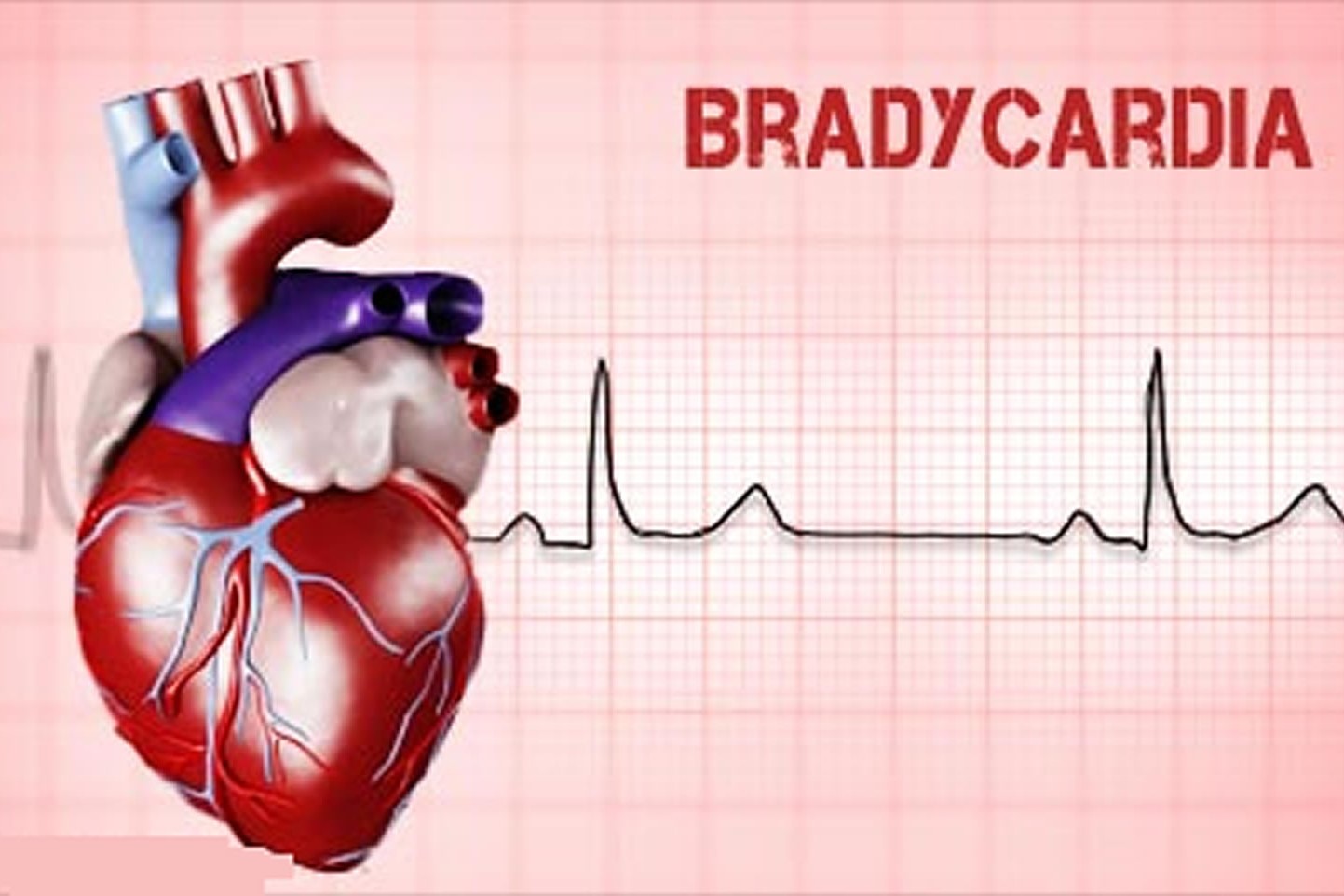
What is bradycardia and how to treat it
Etymologically, bradycardia means low heart rate. Generally, bradycardia is defined as having less than 60 heartbeats per minute, but having this type of heart rate does not necessarily mean you have a heart problem
The more you exercise, the lower your resting heart rate will be
An illustrious example of bradycardia can be found in the sporting great, cyclist Fausto Coppi.
He had 30 beats per minute at rest, but he was fine and won many races.
This was because his cardiovascular system was so well trained that bradycardia was not an expression of heart disease, but rather of strenuous training.
When to worry about low heart rates
The real problem is not so much having a low heart rate, all the more so when you feel well, but when this condition
- produces discomfort
- is not induced by regular exercise;
- exists in the presence of other heart rhythm disorders which, broadly speaking, can be divided into:
- tachycardias (accelerated heart rate above 100 beats per minute);
- bradycardias.
In bradycardias, for example, 2nd or 3rd degree atrioventricular blocks should be monitored carefully as they have a pathological course.
RESPONDING QUICKLY TO A HEART ATTACK: DEFIBRILLATORS FROM ZOLL ARE AT THE EMERGENCY EXPO STAND
Bradycardia, the symptoms to watch out for
As we have said, if a person is well and trains regularly, it is normal for them to have a low heart rate at rest.
If, on the other hand, we are dealing with an elderly person who has a heart rate of 40 beats per minute, this could be an early warning sign to look out for.
Moreover, bradycardia can show signs of its onset through rather recognisable symptoms:
- dizziness;
- easy fatigability
- reduced tolerance to exertion;
- fainting, in the most severe forms.
In these cases, it is necessary to consult your cardiologist for an electrocardiogram check-up.
Drug-induced bradycardia
It is good to know that bradycardia can also be caused by medication.
Many drugs are frequently used in cardiology and, as in the case of beta blockers, are protective of the heart.
However, one of their intrinsic actions is to:
- slowing down the heart rate
- oxygen consumption in the heart’.
Therapy
In the presence of bradycardia, an appropriate diagnosis must be made in order to establish the most appropriate course of treatment.
In some cases, specifically when the arrhythmia is not reversible, it may be necessary to implant a pacemaker and then resort to surgery.
Read Also:
Heart Failure: Causes, Symptoms, Tests For Diagnosis And Treatment
Heart Patients And Heat: Cardiologist’s Advice For A Safe Summer
Silent Heart Attack: What Is Silent Myocardial Infarction And What Does It Entail?


